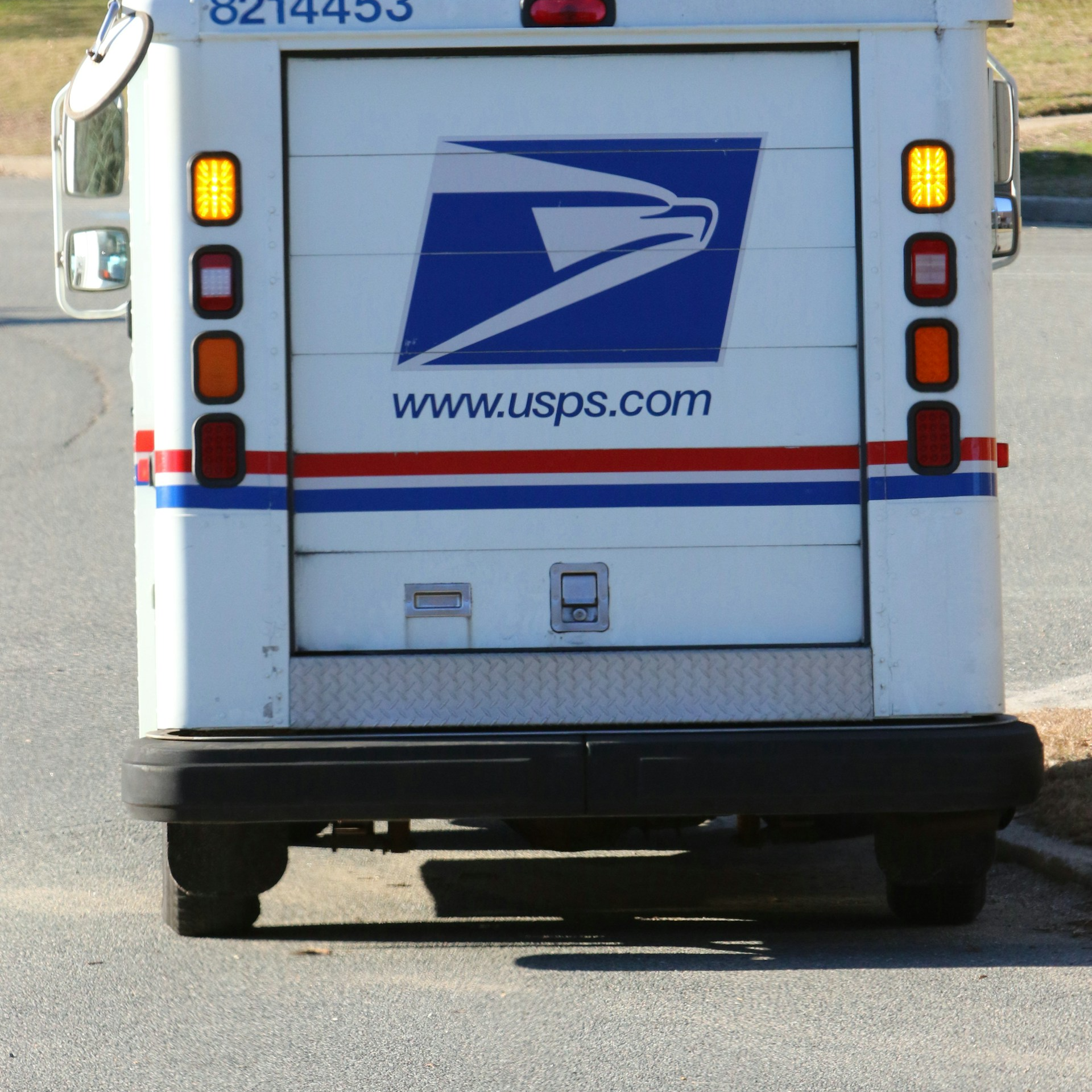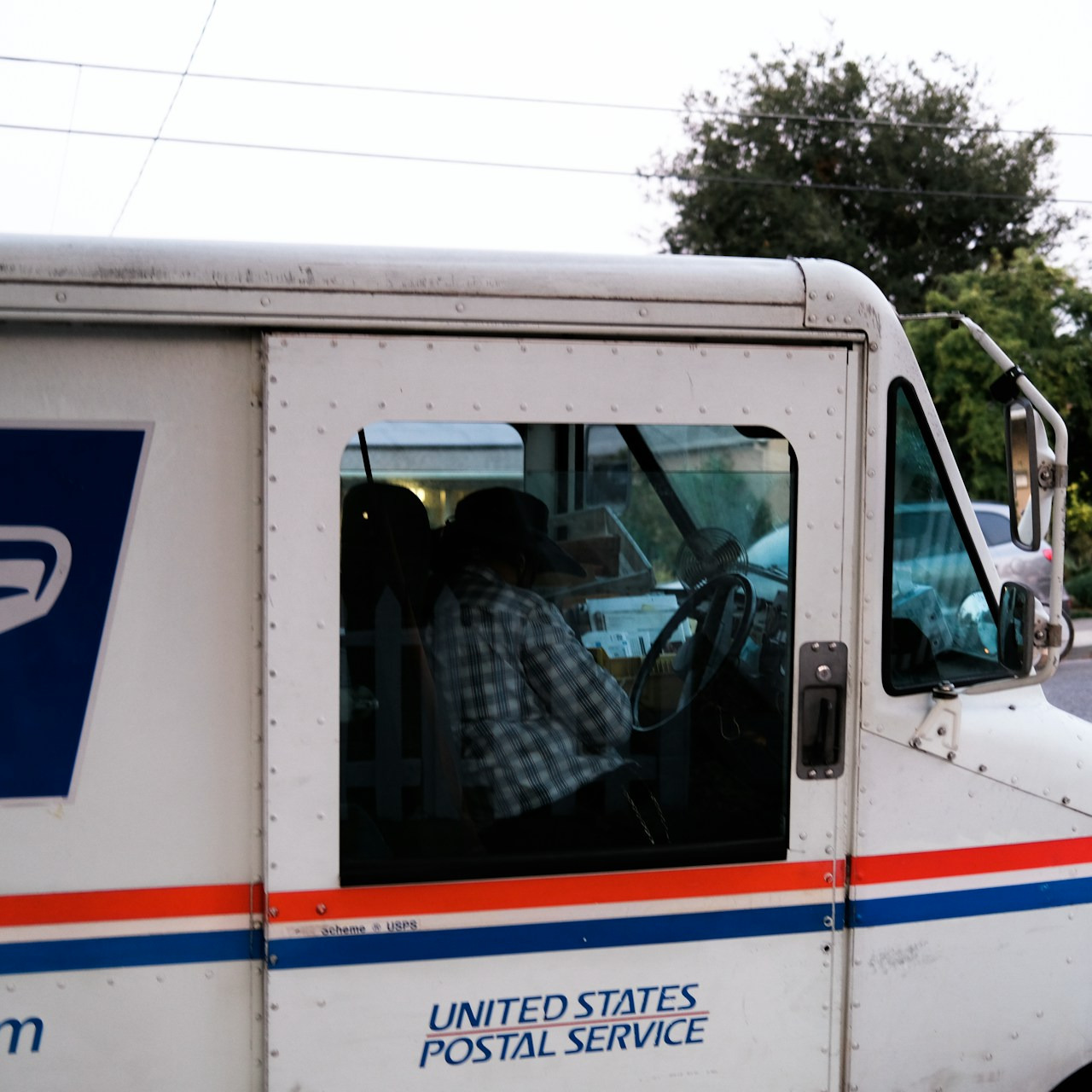Key Takeaways
-
In 2025, Medicare Part D introduces a $2,000 annual cap on out-of-pocket drug spending, but you may still have upfront and ongoing costs depending on your prescriptions.
-
PSHB enrollees with Medicare Part D coverage should review plan rules, cost-sharing, and pharmacy networks carefully to avoid unexpected expenses.
What the 2025 Medicare Part D Changes Really Mean
For Postal Service Health Benefits (PSHB) participants who are Medicare-eligible, 2025 brings notable changes to prescription drug coverage. Medicare Part D now has a hard cap on out-of-pocket costs, aiming to provide financial relief to retirees who rely on high-cost medications. However, it’s important to understand what is and isn’t covered, how the cap works, and where you might still have to pay.
The new protections sound promising, but they don’t mean you’ll stop paying for prescriptions altogether. You still need to understand how your PSHB plan works in coordination with Medicare Part D, especially since most plans use a Part D Employer Group Waiver Plan (EGWP) model.
The $2,000 Annual Cap: A Step Forward, Not a Full Solution
The most talked-about change in 2025 is the $2,000 cap on out-of-pocket costs for Part D-covered drugs. This cap includes:
-
Deductibles
-
Coinsurance
-
Copayments
Once your out-of-pocket spending hits $2,000, your plan pays 100% of covered drug costs for the rest of the calendar year. While this provides certainty and relief for high-need patients, the cap doesn’t eliminate all drug-related costs.
Here’s why:
-
You must still pay costs leading up to the $2,000 ceiling.
-
The cap only applies to covered drugs within the plan’s formulary.
-
It does not include premiums or drugs excluded from coverage.
You Still Start the Year With a Deductible
In 2025, the standard Part D deductible is $590. If your PSHB plan uses standard Part D design, you’ll first pay this amount out of pocket before cost-sharing kicks in. Some plans waive this deductible for Medicare-enrolled annuitants, but not all do. Review your PSHB plan’s benefits carefully.
After the deductible, you enter the initial coverage phase, where you split drug costs with the plan using:
-
Copayments (fixed dollar amounts)
-
Coinsurance (a percentage of drug costs)
This continues until your total out-of-pocket costs reach $2,000.
How the New Cap Affects the Coverage Phases
Medicare Part D used to include a confusing coverage gap (also called the “donut hole”), followed by catastrophic coverage. In 2025, that gap has been eliminated. Now there are just three phases:
-
Deductible Phase: You pay up to the plan’s deductible (up to $590).
-
Initial Coverage Phase: You share costs with the plan until your out-of-pocket total hits $2,000.
-
Catastrophic Phase: The plan covers 100% of drug costs after reaching the $2,000 cap.
This simplified structure is helpful, but you still need to track your spending and confirm which costs apply toward the cap. For example, over-the-counter drugs or non-formulary medications generally do not count.
Not All Drugs Are Covered Under Part D
Part D plans only cover prescription medications included in their formulary, which is the list of covered drugs. If your prescription isn’t on the formulary, you may face:
-
Full retail cost with no reimbursement
-
A coverage determination or appeal process
Also, some drugs may be subject to step therapy or prior authorization, delaying access or requiring you to try cheaper medications first. These delays and denials can still lead to out-of-pocket spending, even under the 2025 rules.
What PSHB Enrollees Should Know About Part D Integration
If you’re enrolled in a PSHB plan and have Medicare, your prescription drug coverage is typically handled through a Medicare Part D EGWP. These group plans may include added protections, such as:
-
Lower copayments for preferred drugs
-
Waived deductibles
-
Enhanced formulary access
However, benefits vary by plan. You need to check:
-
Whether your prescriptions are covered
-
What tier they fall under
-
Whether there’s a preferred pharmacy network
These factors can significantly influence your out-of-pocket costs, even with the $2,000 cap in place.
Specialty Drugs Can Still Create Financial Strain
While the $2,000 cap limits your total out-of-pocket expenses, the journey to reach that cap can be costly if you take specialty medications. These drugs often come with high coinsurance rates (e.g., 25% to 33%) and can quickly drain your budget early in the year.
For example, if a specialty drug costs $5,000 per month, you might reach the $2,000 cap quickly, but you’ll still owe substantial sums in the first few months. You should prepare for front-loaded costs and use budgeting tools to manage the early year expenses.
The New Medicare Prescription Payment Plan: Monthly Installments Option
Starting in 2025, Medicare offers a new payment option called the Medicare Prescription Payment Plan. This lets you spread your out-of-pocket drug costs over the calendar year in monthly installments instead of paying large amounts upfront.
Key features include:
-
No interest or fees
-
Voluntary enrollment through your Part D plan
-
Equalized monthly payments to improve affordability
This feature may be especially helpful if you take expensive drugs early in the year or have unpredictable income.
However, enrollment is not automatic. You must contact your plan to opt into the payment program. PSHB enrollees should check whether their EGWP plans support this option and how to activate it.
Pharmacy Networks and Cost Tiers Still Matter
Even with the $2,000 cap, the pharmacy you choose and the drug tier assigned to your prescription still affect how quickly you reach the cap and what you pay upfront.
In most Part D plans, including EGWPs, drug costs vary by tier:
-
Tier 1: Preferred generics
-
Tier 2: Non-preferred generics
-
Tier 3: Preferred brands
-
Tier 4: Non-preferred brands
-
Tier 5: Specialty drugs
You’ll usually pay less at a preferred network pharmacy and more at out-of-network or non-preferred locations. To avoid unnecessary costs:
-
Use mail-order or preferred retail pharmacies
-
Talk to your doctor about switching to lower-tier alternatives
-
Confirm whether your plan covers your current pharmacy
Annual Plan Reviews Are Still Necessary
Despite the new protections, your PSHB prescription coverage can still change from year to year. Formularies, cost-sharing, and network pharmacies may shift. Each fall, your plan sends an Annual Notice of Change (ANOC), which outlines updates for the upcoming year.
During the Open Season (November to December), you have the chance to:
-
Review your coverage
-
Compare PSHB plans
-
Make changes if needed
Don’t assume that because your prescriptions are covered now, they will be in 2026. Review your plan every year, even under the new cap rules.
Don’t Overlook Coordination With Medicare Part B
Some medications are not covered by Part D but are instead paid through Medicare Part B. These include:
-
Vaccines
-
Infused or injected drugs administered in a clinical setting
-
Certain chemotherapy medications
You typically pay 20% of the cost under Part B after meeting the Part B deductible ($257 in 2025). If you have both Medicare and a PSHB plan, your plan may help cover some or all of the remaining cost. Coordination rules vary, so it’s worth checking how your plan treats these drugs.
Understanding this separation between Part B and Part D can help you avoid confusion at the pharmacy or clinic.
Cost Protections Are Only as Good as Plan Awareness
The 2025 changes offer more predictability, but they do not eliminate the need to stay informed. If you are:
-
Unaware of the formulary
-
Using a non-preferred pharmacy
-
Taking drugs requiring prior authorization
…you could still face denials, delays, or higher costs. Being proactive about your coverage and knowing the rules of your PSHB plan and its EGWP is essential to getting the full benefit of the new protections.
Staying Ahead of Drug Costs in 2025
To make the most of your PSHB prescription coverage under the new Medicare Part D rules:
-
Read your ANOC letter and PSHB plan booklet
-
Confirm whether your drugs are covered and at what tier
-
Use preferred network pharmacies
-
Talk to your doctor about switching to lower-cost medications if possible
-
Consider enrolling in the Medicare Prescription Payment Plan for budgeting help
Your PSHB plan is still your main coverage vehicle. Medicare integration adds valuable support, but it requires your active involvement.
Make the New Part D Rules Work for You
The $2,000 annual cap in 2025 represents meaningful progress in protecting retirees from runaway prescription costs. However, it’s not a blanket exemption from all drug expenses. You still have to navigate deductibles, tiers, coverage rules, and pharmacy networks to avoid surprises.
If you’re unsure how these changes impact your current or future costs, or how your PSHB plan coordinates with Medicare, speak with a licensed agent listed on this website. They can walk you through your specific plan, clarify your options, and help you make confident decisions about your health coverage.











